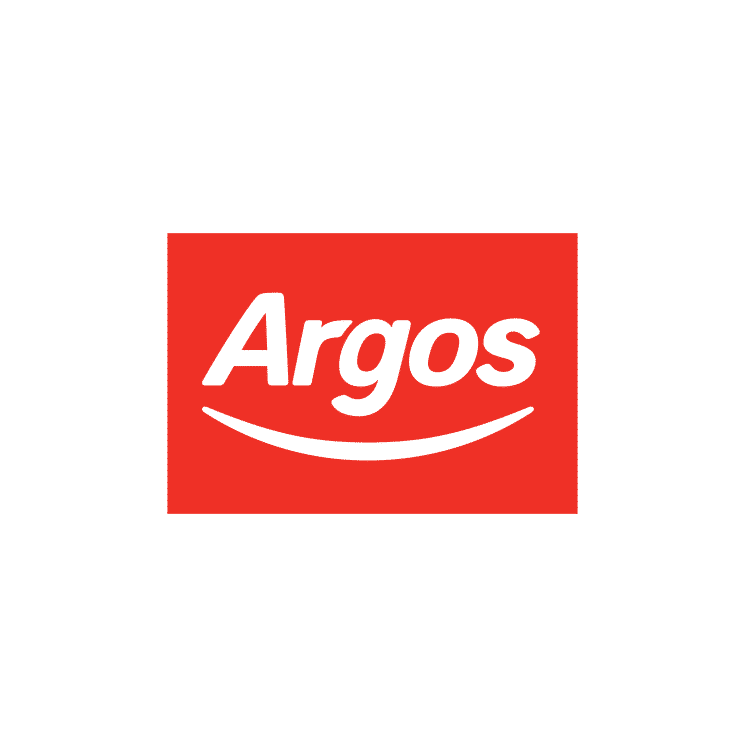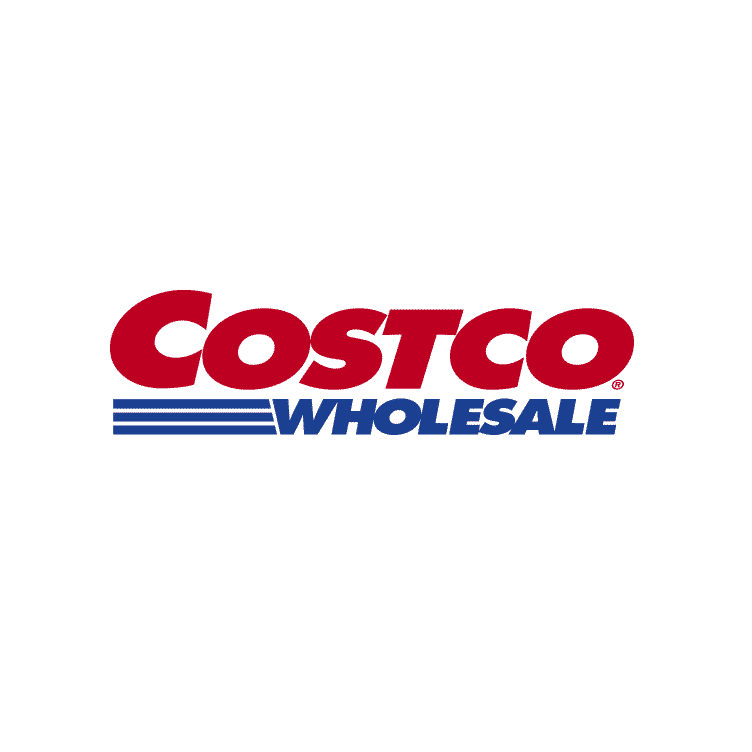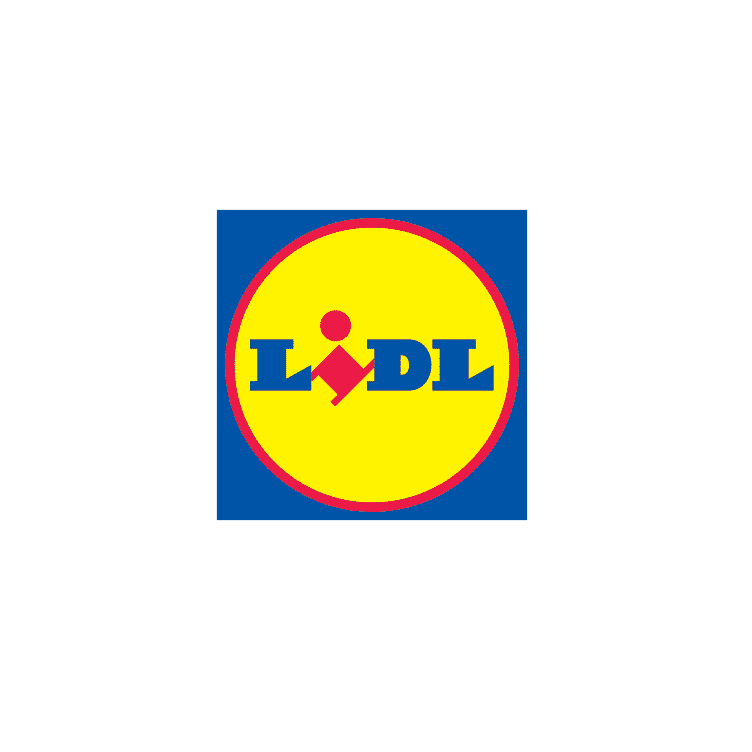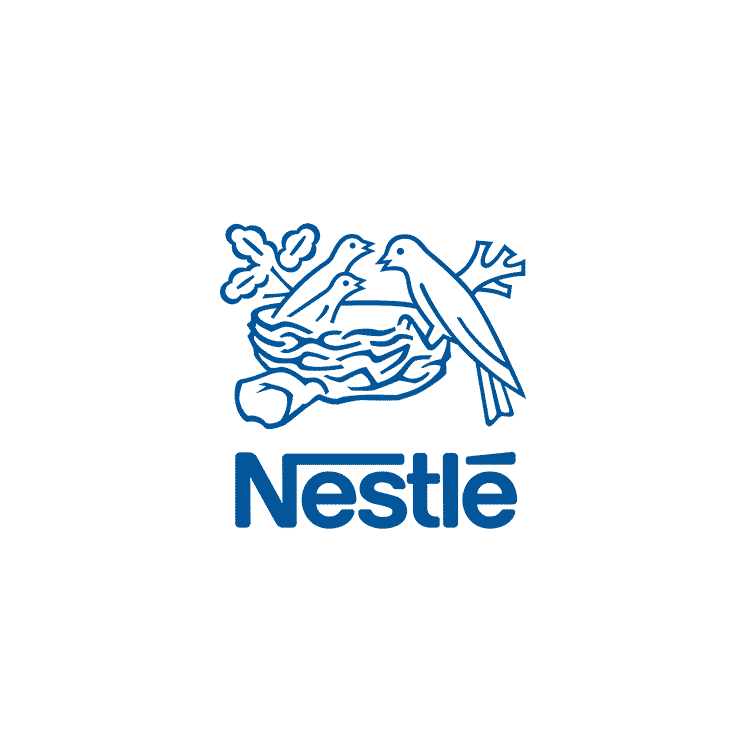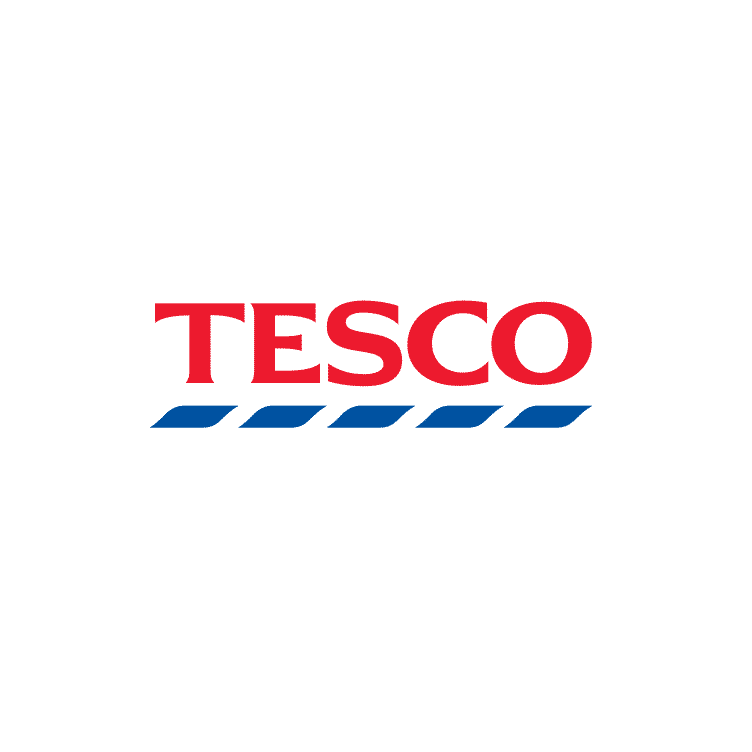Smart brands and manufacturers are increasingly investing in new customer-centric D2C channels, supported by EDI.
Bricks-and-mortar retail has had a torrid year thanks to the pandemic… and if we’re honest, it wasn’t faring too well pre-pandemic either. The accelerated decline of physical retail hasn’t been lost on brands and manufacturers, who have watched in horror as their off-line reseller channels wither. In 2020 alone, 33 major UK retailers have collapsed into administration.
Brands and manufacturers haven’t simply spectated from the side lines. The smart operators are increasingly using this opportunity to develop direct-to-consumer (D2C) sales models, cut out the middle men, get closer to their customers and take greater control of their destiny.
Take food and beverage brand Beavertown Brewery for example. It has gone from an 88% sales slump during lockdown to a 1,000% increase thanks to a new D2C channel. The success of American CPG and FMCG brands such as BarkBox, Casper, Harry’s and Allbirds also prove the power of D2C trends – as does heavy investment by blue-chip brands such as LEGO, Dior, Heinz and PepsiCo.
This adoption of D2C offers both great opportunities and considerable risks. Using smart digital infrastructure, such as electronic data interchange (EDI), however, can significantly strengthen your D2C strategy.
How much could you save with Transalis eDI™?
EDI ROI Calculator
help_outlineROI Calculator
closeUse the ROI calculator to find out how much money you could save by using EDI to process your documents.
Select the number of Trading Network you trade with, followed by the number of Orders, Advanced Shipping Notes (ASNs) and other transaction documents you process monthly.
Based on the input we will show an indicative saving and recommend an EDI solution that fits your requirements.
The power of integrated EDI
One of the biggest benefits of D2C is a significant uplift in profit margin. By eliminating intermediaries, brands are able to cut distribution costs, invest that money elsewhere and gain greater control over their profit margin in return.
But that’s not to say the huge challenges of getting the product from factory to consumer disappears overnight. Instead, these challenges become the responsibility of the brand. This is where the huge benefits of an EDI solution become clear.
When a brand’s enterprise resource planning system (ERP) is connected to a cloud-based EDI solution, key information (customer names, addresses, products and quantity) can be automatically shared without the risk of human input error. Market-leading EDI solutions also include address verification, ensuring that orders are sent to the right address first time, every time. Brands and manufactures of all sizes know the importance of getting the basics right at scale if they are to protect customer lifetime value.
Real-time inventory data is also a critical ingredient of any e-commerce operation. Retailers and brands must be confident the products on their website are in fact in stock. An ERP solution connected to EDI not only ensures your D2C operation is keeping up with the volume and sheer demand, but that you are doing it accurately and efficiently.
Dealing directly with the customer also puts the D2C brand in full control of the customer experience and unlocks a treasure trove of data. Rather than basing their value proposition solely on price, brands can start building emotional and value-added reasons to buy. This is possible thanks to access to a wealth of real-time insights, including new customer behaviours, sales trends and new markets.
Without real-time supply-chain visibility and control, however, these insights can go to waste. That’s because brands and manufacturers relying on outdated email and Excel processes don’t necessarily have the supply chain data confidence and agility to take action before an opportunity passes.
Increasing D2C agility with EDI
With EDI, however, brands and manufacturers benefit from accurate real-time stock data, telling them instantly if they can satisfy an emerging ecommerce demand. EDI enables retailers to switch trading partners faster to protect supply if an ecommerce sales spike is detected. They can also recruit new trading partners if they identify growing demand in a new geography.
The move to D2C isn’t just brand and manufacturer driven. According to the Direct-to-Consumer Purchase Intent Index, more than 80% of consumers expect to make at least one purchase through a D2C brand within the next five years. Nor is D2C confined to specific brands or manufacturers. D2C trends exist in a wide range of segments, including health & beauty, apparel, technology, furniture and homeware and millennial brands.
It is clear that switched-on brands who sell direct are investing in a digital backbone, which will help them futureproof their sales channels, customer experience and profit margins in an uncertain world. Can you afford to be left behind?
Transalis eDI™ is easy to buy and simple to switch to
Without EDI
- Orders raised manually
- Printed paper orders sent by fax
- Post or email orders re-keyed into Customers’ systems
- Invoices raised manually
- Printed paper invoices sent by email attachment
With EDI
- Orders raised automatically, digitally
- Orders sent/received digitally in seconds
- Orders received digitally into customers’ systems
- Invoices raised automatically, digitally
- Invoices received digitally into suppliers’ systems

Choose EDI Freedom for completely flexibility
If you need complete flexibility, EDI Freedom allows you to build your own unique network and range of services. Use the EDI Freedom calculator to create your personal EDI solution.
Find more about EDI
Benefits of EDI?
Trading conditions are tough. Businesses like yours can’t afford to be held back by old, paper-based ways of sharing information.
You want your operations to be faster, more cost effective, more efficient and more accurate. You can achieve this by sharing data digitally and automatically.
What is EDI?
Just imagine if your computer system could talk directly to your suppliers’ and customers’ computers. Imagine if you could automatically share and process important documents faster, cheaper and more accurately than ever before. What if you could do all this safely in real-time, right across your supply chain?
How much can EDI save me?
Measuring the benefit of your investment in an EDI solution can be complex. To help establish a baseline, we recommend you look at the time you and your team spend managing orders, invoices, ASN’s and delivery notes. Two of the most common benefits of EDI are the removal of double keying of information and the reduction in data entry errors.
Use our eDI ROI Calculator to see how much you could save...

EDI Made Simple
Powered by Transalis
Choose the package you need today to enjoy unlimited digital trading with your trading network
Build your own EDI solution with latest tech, choosing your bespoke requirements for an instant online quote. Simple!
Hassle-free real-time electronic exchange of unlimited documents between multiple trading partners
Multiple documents, unlimited messages, a large network of trading partners with seamless systems integration
A simple way to link up with one or two trading network for automated exchange of Orders, Invoices, ASNs & Order Responses
Build your own EDI solution with latest tech, choosing your bespoke requirements for an instant online quote. Simple!
Hassle-free real-time electronic exchange of unlimited documents between multiple trading network
Multiple documents, unlimited messages, a large network of trading network with seamless systems integration
We are a Trusted EDI Trading Partner
We underpin the trading activities of major household names
EDI Knowledge and Insight
For the very latest white papers, case studies and how to guides visit the EDI knowledge Hub






